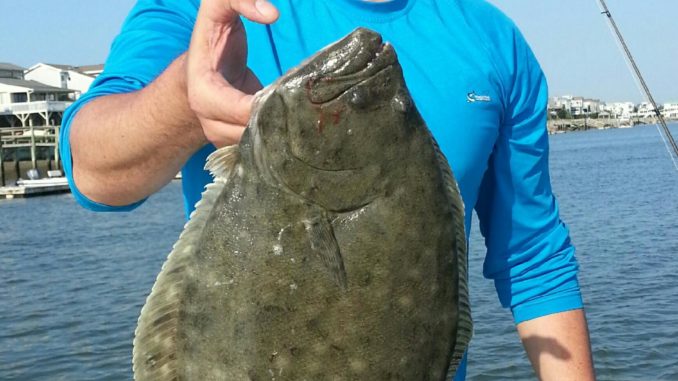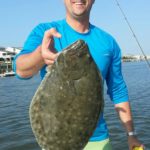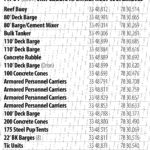
Over the summer, the flounder fishery runs strong inside the estuaries and around the inlets close to Little River. Anglers get plenty of opportunities to reach their limit with a bucketful of mud minnows or their favorite soft-plastic bait, but the inshore lairs aren’t the only places to load up on a limit of flounder either.
Anglers who call Little River home are lucky to have one of the largest reefs just 21/2 miles out that fills up with doormats all summer.
The Jim Caudle Reef is the most-visited reef of the 45 in the S.C. Department of Natural Resources’ artificial reef program. The submerged structure contains a massive graveyard of concrete and steel — cones and rubble to barges and retired military vehicles — covering several acres in 30 feet of water.
The Jim Caudle Reef is a fish magnet over the summer,and David Cutler of Lowcountry Fishing Charters doesn’t think twice about vertical jigging there for a doormat.
“We catch some real big ones at the Jim Caudle in the summer,” said Cutler. “The best way and only way to catch them by avoid getting hung up all the time is by vertical jigging.”
Cutler will use a large, ½- to 1-ounce bucktail tipped with a Gulp jerk shad or a big mullet attached to a Carolina Rig. He has his best success dropping vertically on the sandy sides of the reef structure. Due to the prevailing south winds, sediment piles up on the inside edge of the structure or between the structure and the beach.
“Use your sounder to mark the structure and drop down your baits on the inshore side of where you are marking the structure,” he said. “Most of the flounder will be in this zone and very close to the structure itself.”
Flounder need a relatively flat surface to set up and ambush passing bait. Cutler will motor around to different chunks of structure and drop baits down on sandy spots until he gets a bite. Fortunately, flounder are fairly aggressive in the ocean and will let an angler know very quickly if there is anything home and hungry. Additionally, he advises anglers to keep a tight eye on their location, especially when a fish pounces on the bucktail.
“When you find one flounder at the reefs, you will quickly find more flounder held up in the exact same locations. Be prepared to sit right on top of these fish and catch several very quickly,” he said.





